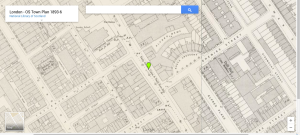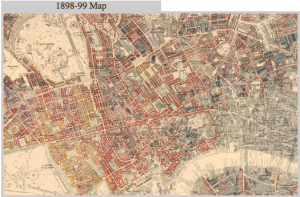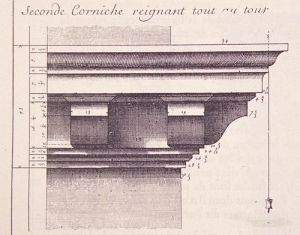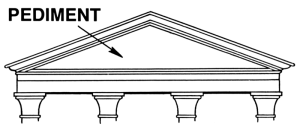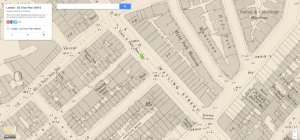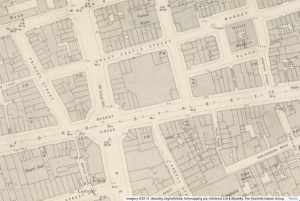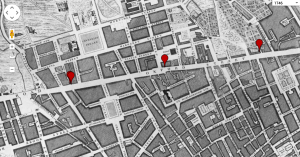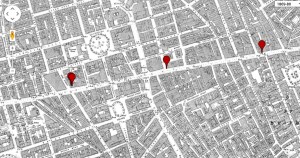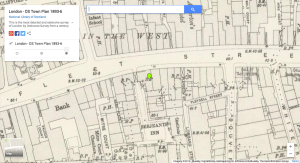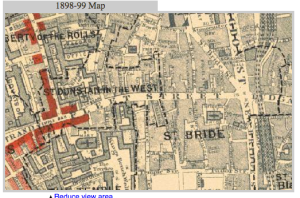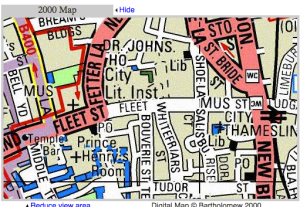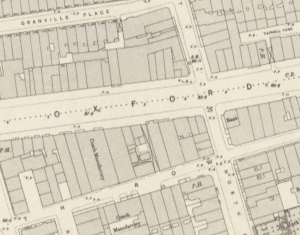Five qualities of a good DH project
– Clarity/ Readability and Legibility
– Understandable Composition/ Stylizing – Good use of space, color, etc.
– Preciseness of information
– Accessibility
– User-friendly format and layout
What makes a good DH project?
A good DH project has to be backed up with many sources and information. Only using a few DH tools doesn’t cut it; they help support or begin a project but more research and thought has to go into a good project. Also, your claim has to be clear. This goes for any thesis or research point but it is still important for DH as well. As DH projects usually involves visuals, these images have to be legible. Labels, color use, positioning, size, etc all must be easy to read. This will only help strengthen your claim/ argument. The format of the project should also be easy to use.
If the project is hard to understand and use, and boring to boot, forget it. DH has the potential of the digital world – make it interesting! Maybe even fun! Information and knowledge can be presented in many ways but that does not mean many people will be interested. Make it accessible! This does not only include where the project can be found (a private database vs. a public blog of forum, for example) but also the language! Save the overload of jargon for the publishing companies. To me, a good DH project should be understandable to all people, not matter education level in the area of study.
How does DH let scholars ask new questions?
Digital Humanities allows many people to communicate in a fraction of the time. Scholars can receive and give information or opinions from around the world. With this accessibility comes the opportunity for more dialogue and, therefore, questions. Also, digital humanities uses many different tools to analyze data – we can use visualizations from different tools and distant reading while still incorporating more “traditional” forms of data gathering. I think the additional of new methods can only expand the quantity of questions and expand discussion.
